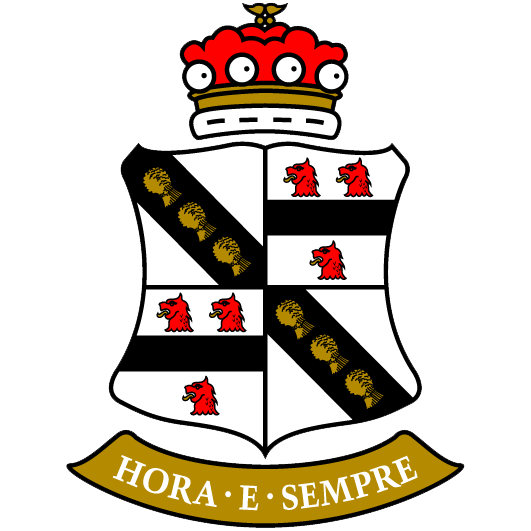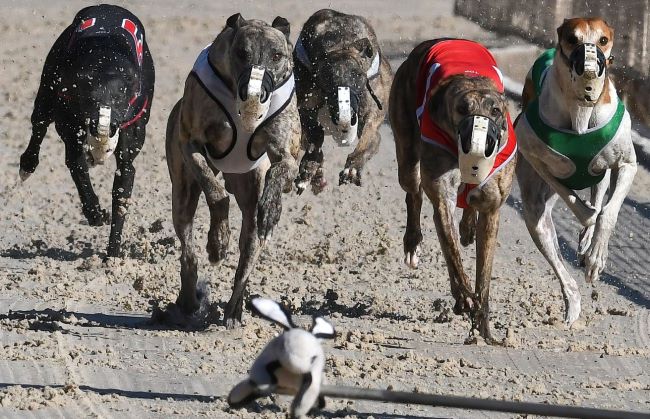Greyhound racing relies heavily on performance data to analyze the potential and past successes of the canine athletes. Critical to this analysis is an understanding of a greyhound’s fastest time, also known as its ‘top racing performance’. This time reflects not only the greyhound’s speed but also the runner’s class, enabling further calculations such as an average racing speed. However, certain complexities within the sport necessitate a more in-depth approach to interpreting these figures.
Track Variance Impact on Times
The dimensions of greyhound tracks vary globally, which directly impacts the winning times recorded. In particular:
- Small-circumference tracks: Strikingly fast times on circuits with smaller peripheries may present a distorted perspective of a greyhound’s true aptitude, as these tracks can limit a dog’s full speed capacity. Notably, sharper tracks, often associated with smaller circuits, tend to yield slower times.
Pitfalls in Time Interpretation
Greyhound racing times can sometimes be misleading indicators of performance potential. Two critical factors at play are:
- Race experience: If a greyhound has only participated in a single race, it’s considered ‘open to improvement’. The expectation is that this dog will consistently improve its times in the subsequent races. On the other hand, a dog with many races under its belt over the same distance may find it challenging always to match or surpass its best times.
- Health and rest periods: Similarly, a greyhound returning to racing after a break—whether due to a rest period or a bout of lameness—may initially struggle to perform at its peak level.
In the UK, racecards reflect the fastest time reported within the past three months. This restriction indicates that older dogs may have previously registered faster times, but these are not currently displayed in trackside form, contributing to potential misunderstandings about a dog’s peak performance.
Best Time Interpretations and Alternatives
When evaluating a greyhound’s racing performance, looking beyond conventional time metrics can sometimes be necessary. Generally, if a greyhound’s formline shows No Best Time (NBT), this indicates the dog has yet to race or trial over the given distance; alternative insights must be solicited from other sources:
- Previous race performance: You could choose to incorporate a timing from one of the greyhound’s prior races, even if it was run at a different distance or on another track.
- Pre-adjusted racetimes: Another method is to use your own pre-adjusted racetime, calculated to best simulate the greyhound’s actual performance. This option allows for flexibility and customized analysis based on individual knowledge and discretion.
Winning Time and Calculated Racetimes in UK Form Books
In the United Kingdom, the winning time (Win/Tm) for a greyhound race is customarily presented to the right of race remarks within form books. To provide a comprehensive understanding of a greyhound’s performance, these recorded times may be adjusted post-race to account for variable track conditions. Such adjusted times are known as ‘calculated racetimes’ (Calc/Time).
Identifying Best Recent Times
To conveniently identify a greyhound’s best recent time, an asterisk (*) is placed after the Calc/Time. When using these adjusted times to assess a dog’s racing abilities, it is important to consider:
- Clear run: Ensure the greyhound has achieved a clear run with minimal interference during the race.
- Finishing position: Verify that the dog obtained a favorable finishing position in the race, further substantiating its performance.
Taking these factors into account when evaluating an amended time allows for a more accurate reflection of a greyhound’s true performance and potential.
Understanding Best Sectional Times in Greyhound Racing
In greyhound racing, an important performance metric is the ‘sectional time,’ denoting the duration it takes for a dog to run from the starting box to the winning line on the first circuit. This time serves as an indicator of the dog’s early race positioning, pace-type, and acts as a determinant for its acceleration speed upon exiting the traps.
In American greyhound racing, this time is referred to as the ‘first turn time’ (FTT), highlighting the leading dog’s time up to the escape turn. Track-specific variations should also be taken into account when interpreting this data.
Track-Specified Run-Up Distances
Different greyhound racing tracks typically have varying ‘run-up’ (RnUp) distances from the boxes, a factor that directly affects the sectional times. It’s crucial to note these differences when comparing performance metrics across tracks.
Identifying Sectional Timings in Formlines
Sectional timings can be located in the form lines, usually situated directly beneath each greyhound’s name. These timings are prefaced by the race distance and a notation of the previously occupied box or post position.
For instance, an entry resembling 515 [1] 04.30 interprets as:
- 515: The dog ran a race over a distance of 515 metres or yards.
- [1]: The dog started the race from trap number 1.
- 04.30: The greyhound recorded a sectional time of 04.30 seconds.
With maintaining the above perspective, sectional times can significantly aid in evaluating individual greyhound performance and race strategy.
Evaluating Breaking Times in Greyhound Racing
Breaking times play a crucial role in greyhound racing performance, providing insights into the dogs’ initial positioning and early race behavior. At British tracks, with typically six runners per race, the lure (hare) travels past the starting boxes at approximately 35 mph (56.33 kph). Breaking times can be influenced by factors such as the width of the trap position and the lure’s visibility, necessitating comprehension of these nuances.
Impact of Trap Position on Breaking Times
Trap positions can affect the greyhound’s breaking time performance:
- Outside traps: Greyhounds in the widest trap positions, closest to an outside hare, have the advantage of seeing the lure as it passes first. This results in early-paced, wide-running greyhounds generally breaking faster from outside positions. However, these dogs typically struggle in ‘coffin boxes’ or ‘middle traps’ due to heightened confinement and decreased visibility of the lure.
- Inside traps: Greyhounds initially raced from inside positions often improve their breaking times when positioned further out on the track. This improvement occurs because they theoretically see the hare fractionally sooner when closer to it. In contrast, when drawn near the inside fence, greyhounds that produce fast breaking times from the middle boxes may not reproduce the same sectionals as they observe the lure slightly later.
Understanding the impact of trap positions on breaking times helps assess greyhound performance more accurately, allowing for better-informed decisions when evaluating and predicting race outcomes.
Significance of Sectional Times and Starting Positions in Greyhound Racing
Understanding how a greyhound’s starting position influences its sectional time is crucial, as these fractional differences in break times not only establish the initial race pattern but also affect potential race interference.
Factors Influencing Race Interference
Occasionally, a greyhound may momentarily be “left in the boxes” during a race start, triggering a chain of events that lead to race interference. This situation occurs when a dog’s eagerness to catch up with race leaders results in unplanned consequences, generally around the opening turns:
- Crowding (crd): Multiple greyhounds running too closely together, causing restricted movement or positioning.
- Baulking (blk): A greyhound’s progress is impeded by another greyhound’s path or position, affecting its performance.
- Bumping (bmp): Greyhounds in proximity experience physical contact, disrupting their momentum or race trajectory.
- Bunching (bnc): Dogs cluster tightly together, limiting individual movement and creating additional race challenges.
All these instances of race interference can be attributed to the mis-timing of a greyhound’s break, emphasizing the importance of understanding why a dog’s sectional time may alter due to its starting position. Knowing these factors assists in making informed predictions about race strategy and outcomes.
Comparing Breaking Speed Predictions: The United States, Australia, and New Zealand
Interestingly, the approach to predicting breaking speeds in greyhound racing differs significantly in countries like America, Australia, and New Zealand. This discrepancy is a direct result of the track layout and the specific trap positions relative to the inside hare.
Differences in Trap Positions and Lure Visibility
In these countries, the trap release orientation is flipped as compared to British tracks:
- Trap 1: Positioned closest to the ‘inside hare’, the greyhound in Trap 1 theoretically stands the best chance of spotting the lure first. This visibility advantage means that the dog can potentially achieve a faster breaking speed.
- Trap 8: Conversely, the runner in Trap 8, being the furthest from the ‘inside hare’, is technically the last to spot the lure. As a result, it is generally expected to have a slower reaction time and subsequently, a slower breaking speed.
Recognizing these geographical variations is essential in predicting greyhound performance and understanding the global dynamics of the sport. It underscores the role that local track norms and design play in shaping race strategies and outcomes.




